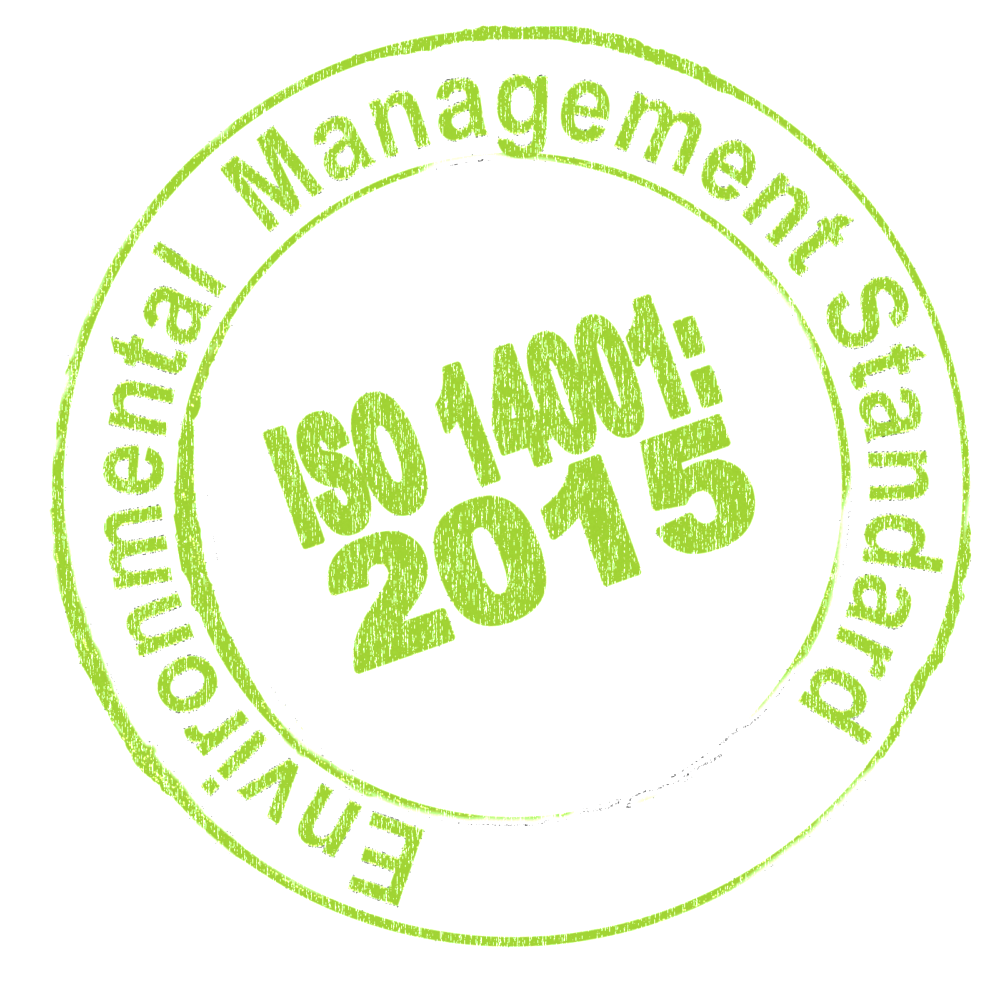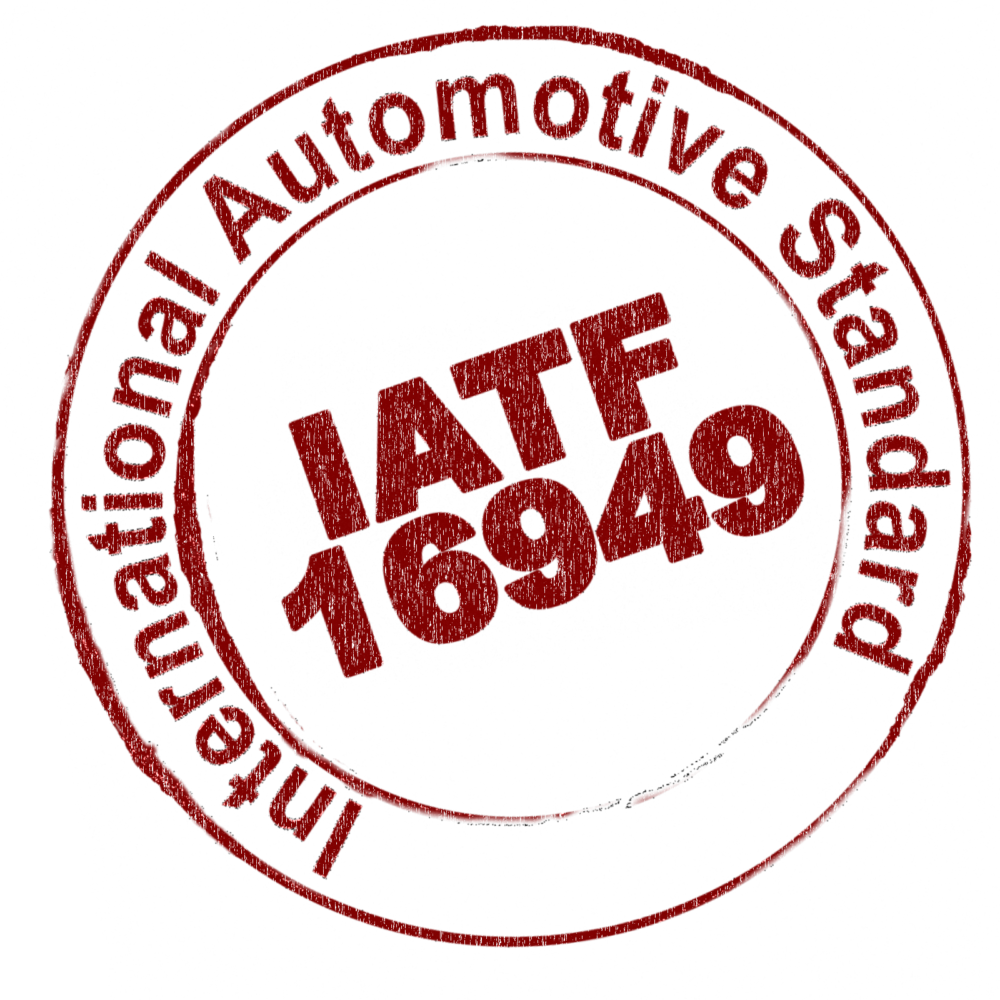All-in-One Integrated Management System
INTEGRATED MANAGEMENT SYSTEMS
ISO 9001, ISO 45001, ISO 14001, IATF 16949
Quality.Com Consulting specialises in providing integrated management system implementation solutions for ISO9001:2015, IATF 16949:2016, ISO14001, ISO 45001:2018 and all associated customer specific requirements
Numerous companies focus on management systems individually due to historical way of managing the individual standards by different departments, e.g. The Quality department is responsible for ISO 9001 and the Environmental manager is responsible for ISO 14001. Each department had their own set of processes and procedures they implemented without comparing the commonalities of the two standards.
An Integrated Management System (IMS) integrates all of an organization’s systems and processes into one complete structure, enabling an organization to manage the common requirements for each management standard (ISO 9001. IATF 16949, ISO 14001 and ISO 45001) holistically. For example, the processes required in each standard for document information, management review , internal audits, managing nonconformance’s and improvement are almost identical. Now it is possible to have one set of Processes and procedures for all your Management standards instead of having two. The company must just ensure that the requirements of all the standards are describe in the unified Process or Procedure.
The ISO also released the ISO Annex SL to help organizations to implement integrated management systems. The new structure reflects a common framework for management systems standards defined by a template known as ‘Annex SL’ Currently, there are 7 MSS which conform to Annex SL, including: ISO 9001, IATF 16949, ISO 14001, ISO 45001 & ISO 27001
A key part of Annex SL is Appendix 2. It has three parts. High-level structure, Identical core text and common terms & definitions. Each standard has the following identical outline: 1.Scope, 2.Normative references (other standards which are applicable, e.g. ISO 9000 ), 3.Term & definitions, 4.Context of the organization, 5.Leadership, 6.Planning, 7.Support, 8.Operation, 9.Performance evaluation, 10. Improvement.
The integrated management system (IMS) combines all the organization’s management system standards to which an organization is registered. The management systems are implemented, maintained and updated as one system with processes that describes each standard’s requirements.
Most important is to keep your Management system as simple as possible.
Benefits of integated management systems
Implementing an effective integrated management system should:
Steps to implementing an integrated management standard
4) Assign a Process Owner and Key performance indicators for each process.
5) Identify the risks and opportunities for each process
SEE VIDEO
How to implement an integrated “Management Review” process.



